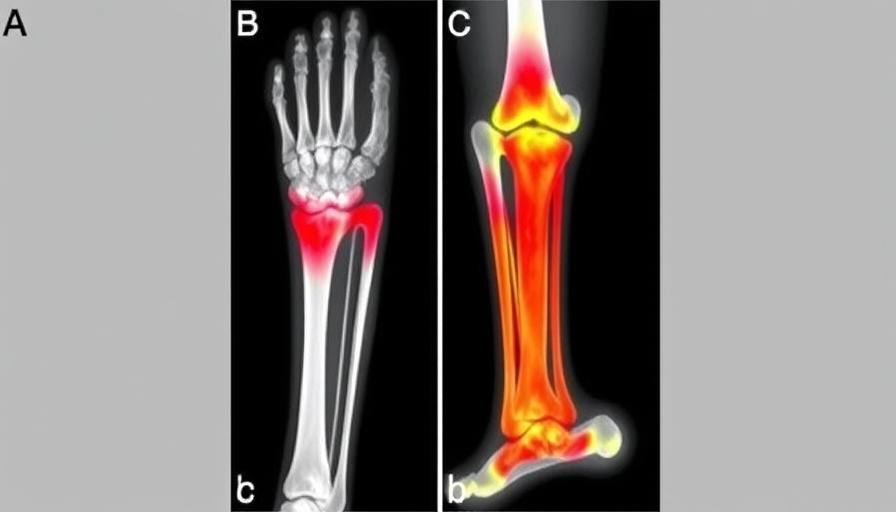
Understanding Metastatic Bone Disease: The Key Differences
Metastatic bone disease (MBD) involving the extremities continues to pose significant challenges not only to patient health but also to healthcare systems globally. This condition arises when cancer cells spread from their primary site and establish themselves in the bones. The extremities—both upper (arms) and lower (legs)—experience differing outcomes, which have substantial implications for treatment strategies and patient prognosis.
Metastatic Bone Disease: A Growing Concern
The incidence of MBD has risen sharply, attributed to improved cancer therapies that extend survival rates. Patients suffering from MBD often face skeletal-related events that seriously degrade their quality of life. Hospitals are witnessing an escalating economic burden associated with the management of these patients, as treatment protocols often require multidisciplinary strategies that consider various factors, such as overall health status and life expectancy. A 2018 study indicated that optimizing surgical approaches to limit recurrence and manage pain can drastically change patient outcomes.
The Study: Insight from Taiwan
A significant study conducted at a major tertiary medical center in Taiwan evaluated the survival outcomes based on different metastatic sites in 1,719 patients from 2010 to 2018. This retrospective cohort analysis reveals critical differences, particularly between upper and lower extremity involvement in MBD. Results demonstrated that individuals with lower extremity metastases had poorer performance status and significantly worse two-year survival rates compared to those with upper extremity involvement, especially among those who did not undergo surgery.
Why Location Matters: Survival Outcomes Explained
The findings of this study underscore the necessity of distinguishing between upper and lower extremity metastases when evaluating survival outcomes. Lower extremity MBD is associated with unfavorable prognostic indicators such as the Eastern Cooperative Oncology Group (ECOG) performance status and total comorbidities, while the type of primary tumor and albumin levels also play a role in survival rates.
Survival Impact: Operative vs. Non-operative Management
Interestingly, the research highlighted that operative management provides significant survival benefits for patients with lower extremity MBD, whereas the benefits for upper extremity MBD were less pronounced. This raises important questions about treatment plans, suggesting that surgical interventions should be considered more rigorously in lower extremity cases to improve patient outcomes.
Future Directions: Implications for Treatment Strategies
The evidence presented from this study indicates an urgent need for guidelines that prioritize the metastatic site in survival analyses. As treatment becomes more personalized, understanding the unique characteristics of the metastases can lead to enhanced patient survival and quality of life. Developing targeted strategies that incorporate surgical intervention, especially for lower extremity patients, may prove to be vital.
Conclusion: Emphasizing Differentiation in Management
Identifying the differential survival outcomes related to the site of metastatic bone disease can transform patient management in substantial ways. This research not only advances our understanding of MBD but also advocates for a more nuanced approach to treatment that could better align interventions with patient needs and prognostic indicators. By recognizing the variations in response to therapy based on metastasis location, healthcare providers can form a more effective strategy to combat this increasingly prevalent condition.
 Add Row
Add Row  Add
Add 




Write A Comment